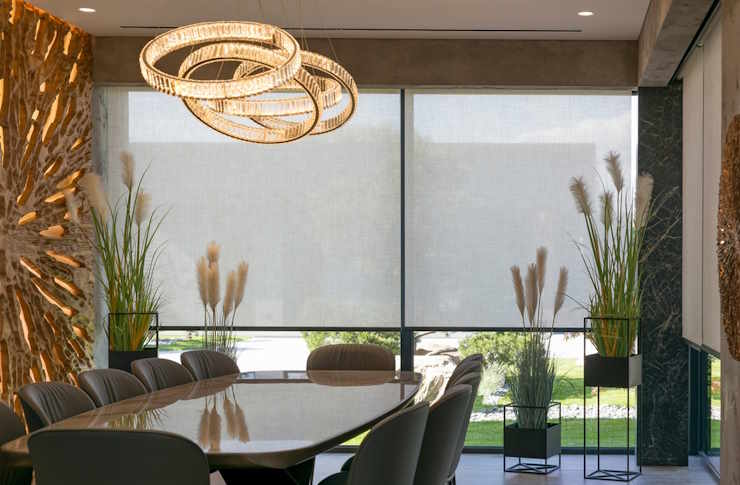Choosing a Dining Room Set: Table, Chairs, and Furniture Guide
A dining room set brings function and character to a home, combining a table, chairs, and supporting furniture into a cohesive space. Choosing the right set involves practical measurements, material choices, and attention to comfort and traffic flow. This guide explains the main considerations for selecting a dining set, how to match tables and chairs, what furniture pieces support the dining room, and tips for care and shopping.

Dining set: what to consider
Selecting a dining set starts with understanding how you use the space. Do you host frequent dinners, or is it mostly for daily family meals? How many people need seating on a regular basis versus occasionally? Consider available floor area, preferred style, and whether flexibility (such as extendable tables or stackable chairs) is important. A cohesive dining set should balance scale, durability, and aesthetics so the table and chairs work together visually and practically in the dining room.
Table: sizes and materials
The table is the center of a dining set, and size is critical. Measure the room and leave at least 36 inches of clearance around the table for movement and seating. Standard table heights are roughly 28–30 inches; ensure chairs match that height. Material choices affect durability and maintenance: solid hardwoods are long-lasting and repairable, veneers provide varied looks at lower cost, glass tops read as modern but show marks, and metal or stone can be durable but heavier. Consider tabletop shape (rectangular, round, square, oval) based on traffic flow and the number of diners.
Chairs: comfort and style
Chairs should complement the table in scale and style while prioritizing comfort. Seat height, seat depth, and back support matter: typical seat height is around 18 inches from the floor. Try sitting in a chair to check cushion density and lumbar support if possible. Upholstery choices (fabric, leather, synthetic) affect care needs and lifespan. For mixed seating, combining a bench with chairs can create visual interest and practical flexibility. Also check chair leg position relative to table legs to ensure everyone can sit without obstruction.
Furniture: storage and coordination
Beyond table and chairs, other furniture pieces complete a dining room set: sideboards, buffets, display cabinets, and consoles add storage and surface area for serving. When coordinating these pieces, aim for complementary finishes and proportions rather than exact matches—mixing tones and textures can feel intentional. Consider the storage function you need: closed cabinetry keeps items out of sight, while open shelving or glass-front cabinets can display dishware. Also factor in delivery and access, especially for larger or heavier furniture.
Dining room: layout and lighting
Layout and lighting shape how a dining set performs. Position the table so people can circulate comfortably and avoid placing it directly in front of doors that swing into the seating area. A rug can anchor the furniture; choose one large enough so chairs remain on the rug when pulled out. For lighting, a central pendant or chandelier positioned about 30–36 inches above the table surface usually works well for standard ceilings; adjustable fixtures or layered lighting allow for ambient and task-focused options. Natural light and window treatments also affect the mood and should be considered in the overall design.
Dining set: maintenance and buying tips
Care routines extend the life of dining furniture. For wood, follow manufacturer recommendations—regular dusting, periodic polishing, and using protective pads prevent scratches and water rings. Upholstery may require spot cleaning or professional services depending on fabric. When shopping, test seating for comfort and examine construction details like joint types and hardware quality. Check return policies, warranties, and delivery or assembly services; local services can assist with measurement or installation. Photograph or measure doorways and stairwells before delivery to avoid fit issues.
Conclusion
Choosing a dining room set involves balancing functionality, comfort, and visual harmony. Thoughtful measurement and attention to material and construction help ensure pieces perform well over time. Consider how a table, chairs, and additional furniture will work together with layout, lighting, and maintenance needs to create a dining room that suits your daily routines and occasional gatherings.






